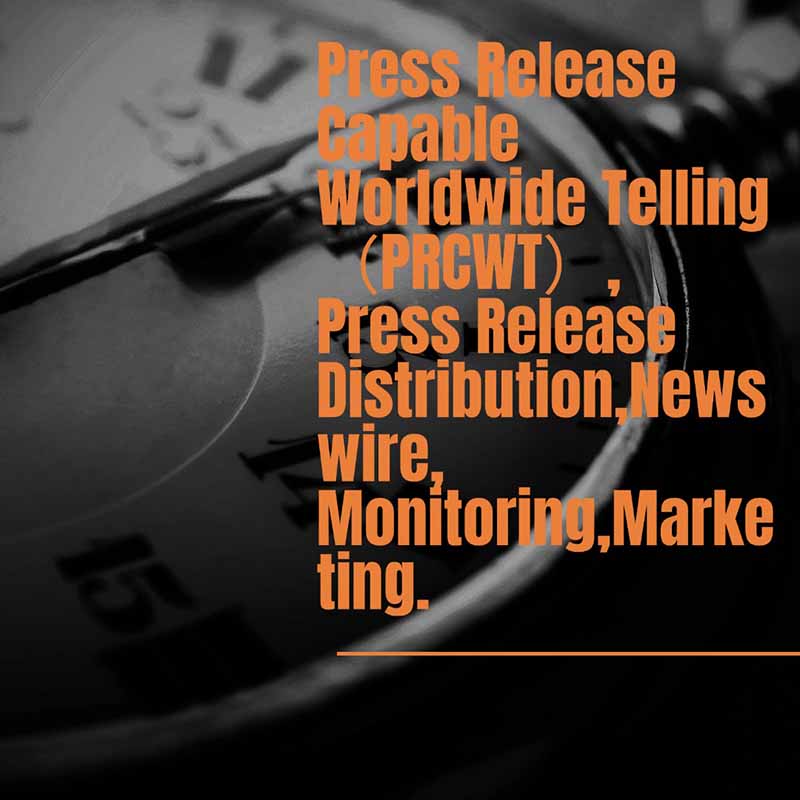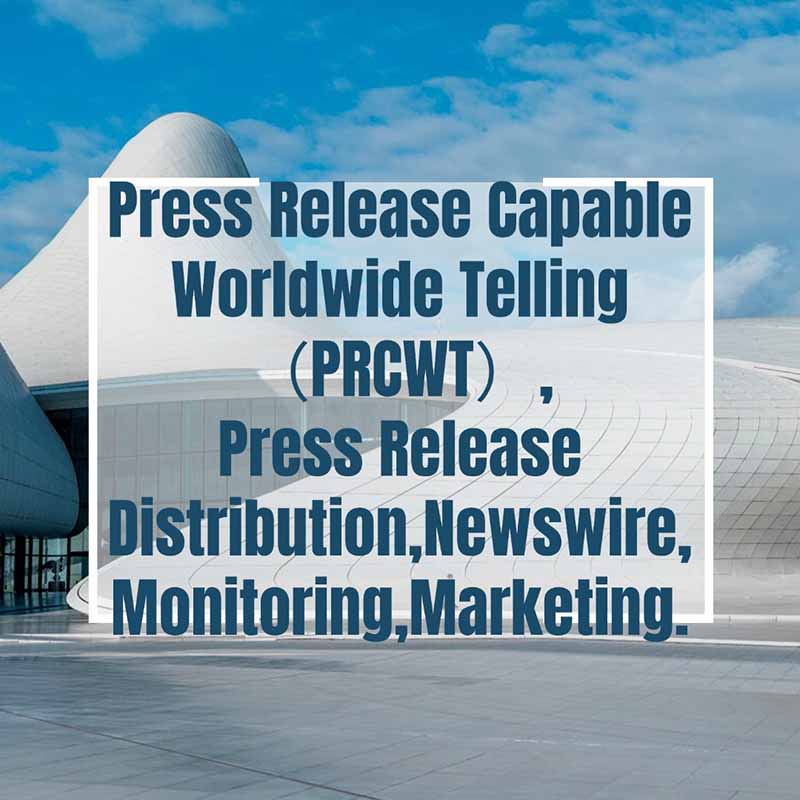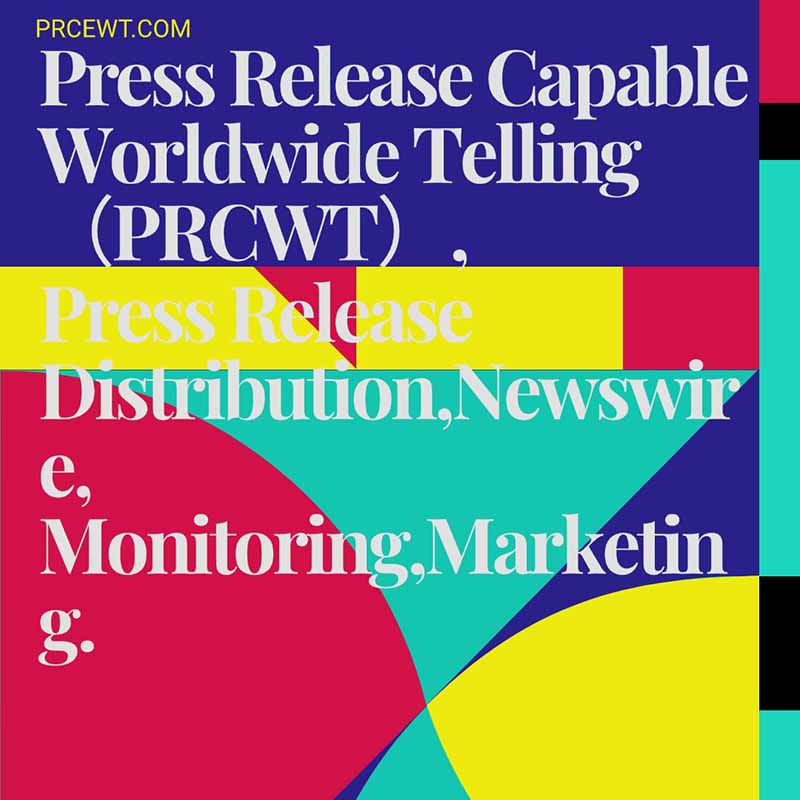In the fast-paced world of digital communication, press releases have emerged as a crucial tool for businesses and organizations to disseminate important information. A well-crafted press release can have a significant impact on a brand's reputation, increase visibility, and drive engagement. In this article, we will explore the various aspects of press releases and how they can be used effectively to achieve marketing goals.
The Importance of Press Releases

Press releases serve as a formal announcement of news or events. They are typically distributed through various media channels, including news agencies, online platforms, and social media. The primary purpose of a press release is to provide journalists and the public with accurate and timely information about a company, product, or service. By issuing press releases, businesses can generate media coverage, increase brand awareness, and attract potential customers.
Key Elements of a Press Release
A successful press release should contain the following key elements:

1. Headline: The headline is the most important part of a press release as it is the first thing that journalists and readers will see. It should be concise, attention-grabbing, and accurately reflect the main message of the release.
2. Introduction: The introduction should provide a brief overview of the news or event and set the context for the rest of the release.

3. Body: The body of the press release should provide detailed information about the news or event, including who, what, when, where, and why. It should also include quotes from relevant spokespersons or experts.
4. Call to Action: The call to action is a statement that encourages readers to take a specific action, such as visiting a website, subscribing to a newsletter, or following a social media account.
5. Contact Information: The contact information should include the name, title, phone number, and email address of the person or department responsible for distributing the press release.
Best Practices for Writing Press Releases
To ensure the success of a press release, it is important to follow best practices for writing. Some of the key best practices include:
1. Keep it concise: Press releases should be short and to the point. Avoid using unnecessary jargon or complex language.
2. Use a clear and simple structure: A well-structured press release is easier to read and understand. Use paragraphs and subheadings to break up the text and make it more organized.
3. Highlight key information: Use bold or italic font to highlight key information such as the headline, introduction, and call to action.
4. Proofread and edit carefully: Before distributing a press release, it is important to proofread and edit it carefully for grammar, spelling, and punctuation errors.
5. Use relevant keywords: Use relevant keywords in the press release to improve search engine optimization (SEO) and increase the chances of it being found by journalists and readers.
Distribution Channels for Press Releases
There are several distribution channels available for press releases, including:
1. Press agencies: Press agencies are professional organizations that distribute press releases to journalists and media outlets. They can help ensure that the release reaches a wide audience.
2. Online platforms: Online platforms such as PR Newswire, Business Wire, and Marketwired offer distribution services for press releases. These platforms can help increase the visibility of the release and reach a global audience.
3. Social media: Social media platforms such as Twitter, Facebook, and LinkedIn can also be used to distribute press releases. By sharing the release on social media, businesses can generate buzz and attract followers.
4. Company websites: Press releases can also be distributed directly through a company's website. This can help increase brand awareness and drive traffic to the website.
Measuring the Success of Press Releases
To measure the success of a press release, it is important to track key metrics such as:
1. Media coverage: The number of media outlets that cover the press release and the amount of coverage received.
2. Website traffic: The increase in website traffic as a result of the press release.
3. Social media engagement: The number of likes, comments, and shares on social media as a result of the press release.
4. Lead generation: The number of leads generated as a result of the press release.
Case Studies
To illustrate the effectiveness of press releases, let's take a look at some case studies. One example is Apple's announcement of the iPhone X. Apple issued a press release to announce the new product and generate media coverage. The release was widely covered by news agencies and technology blogs, and it helped generate excitement and anticipation for the product. Another example is Tesla's announcement of the Model 3. Tesla issued a press release to announce the new car and its features. The release was also widely covered